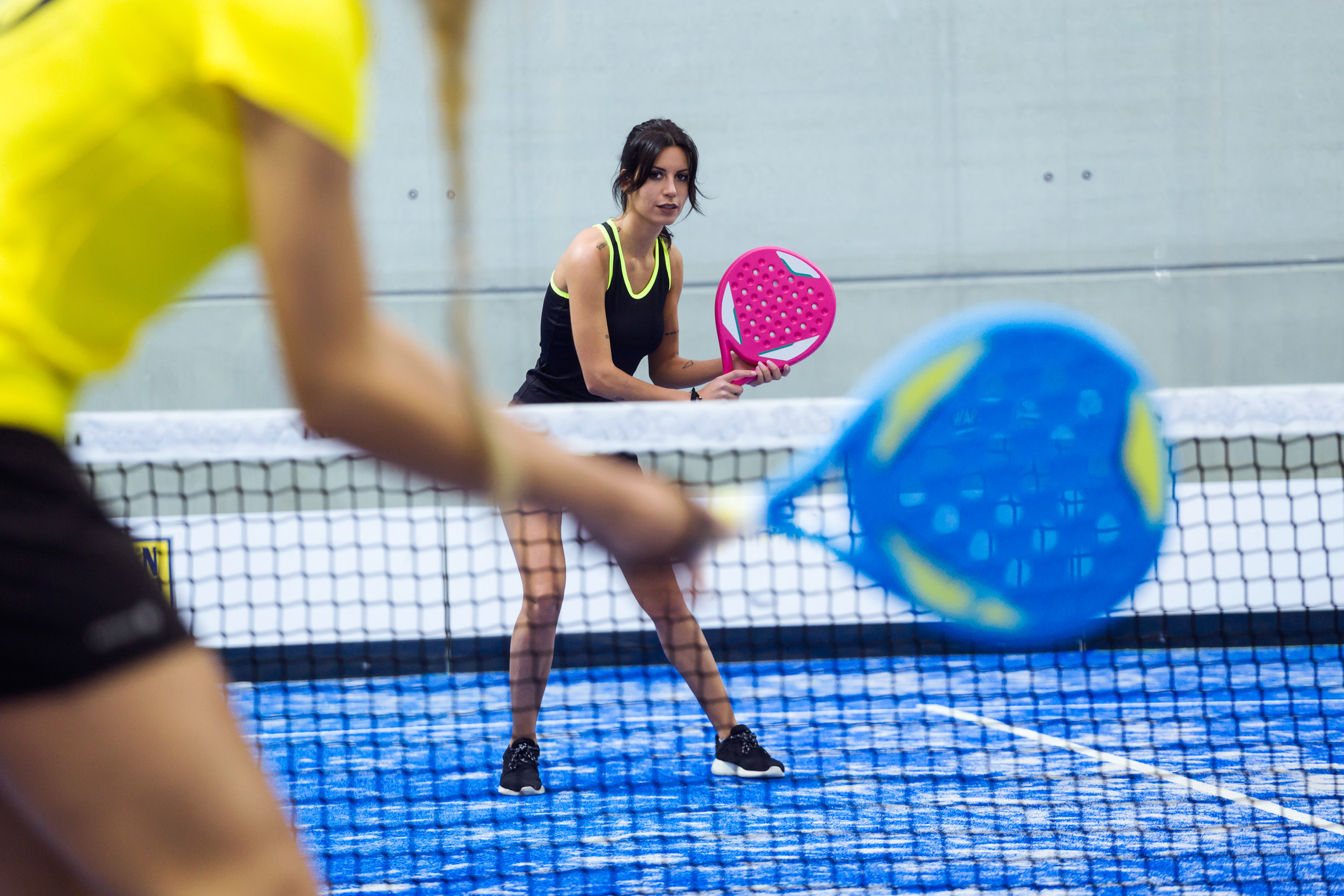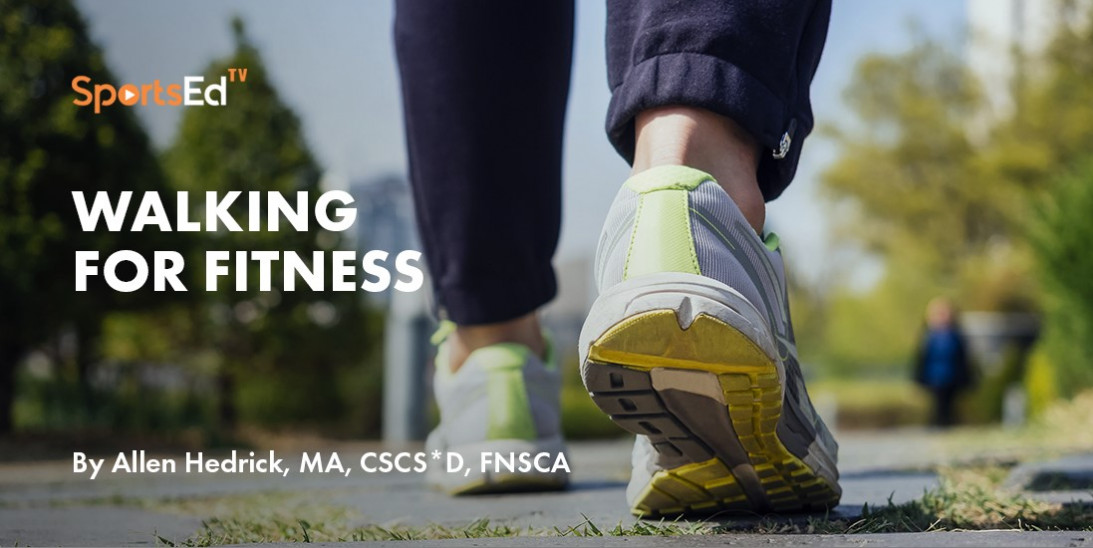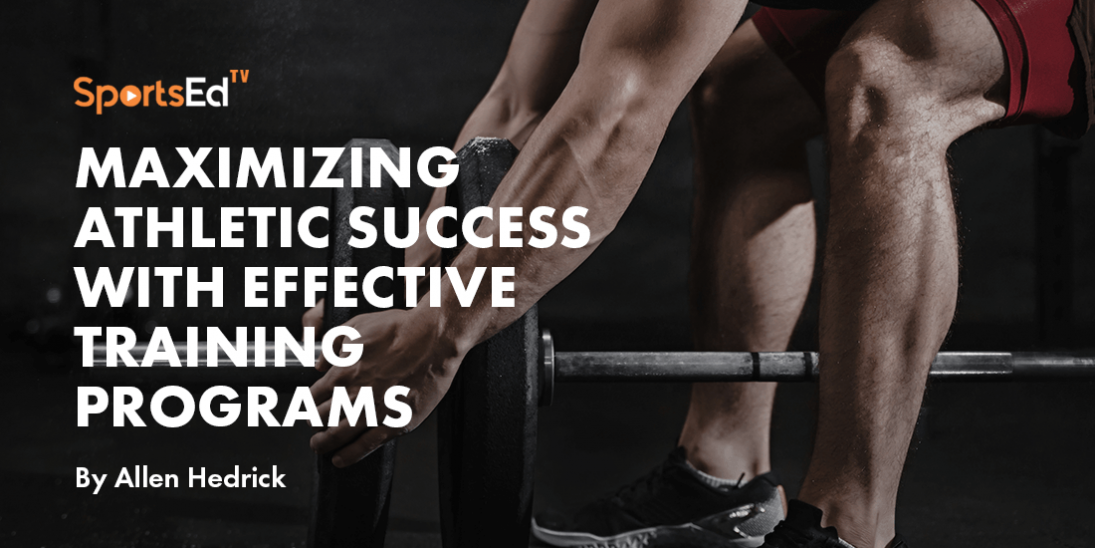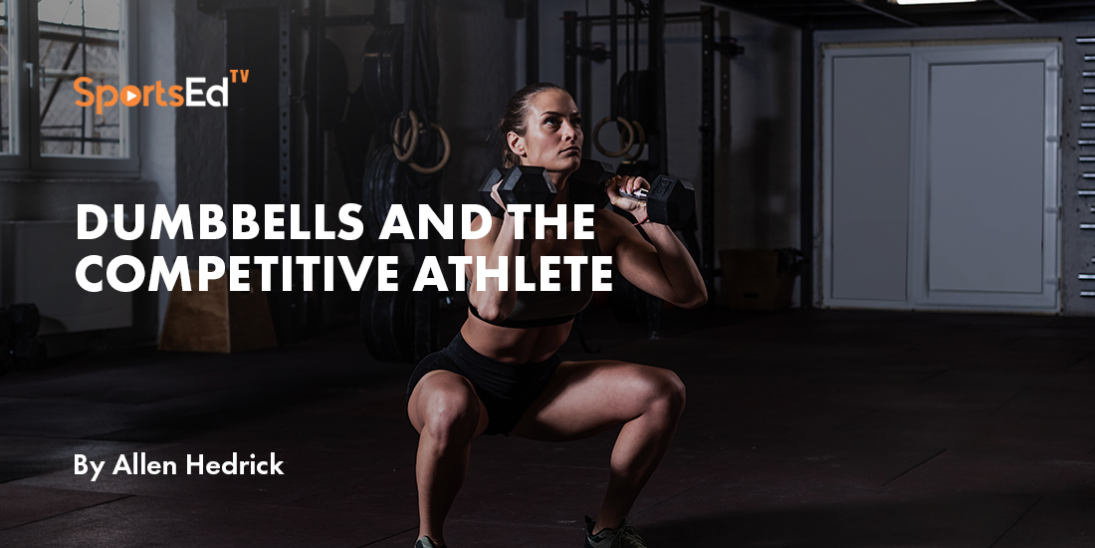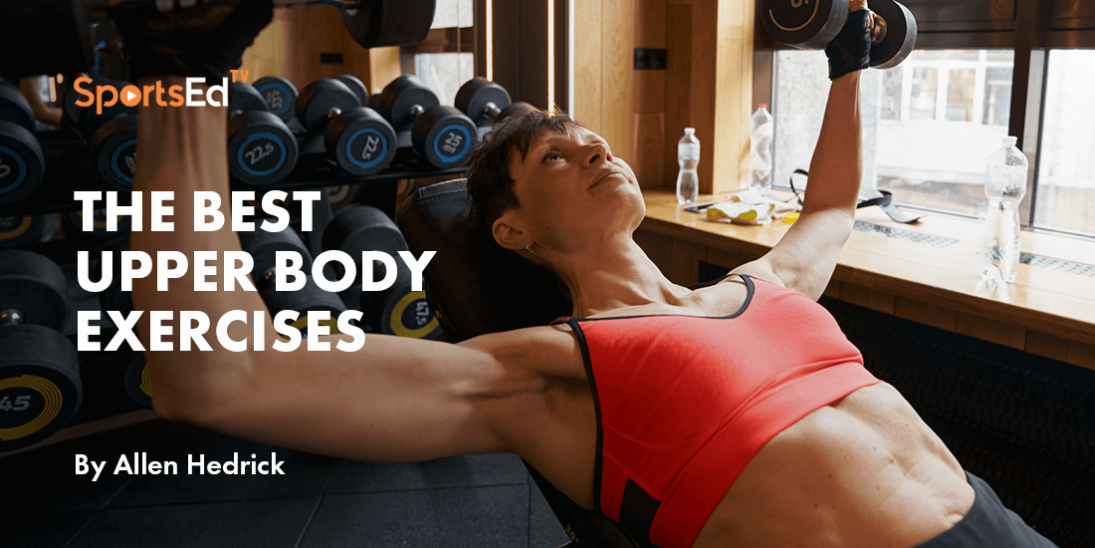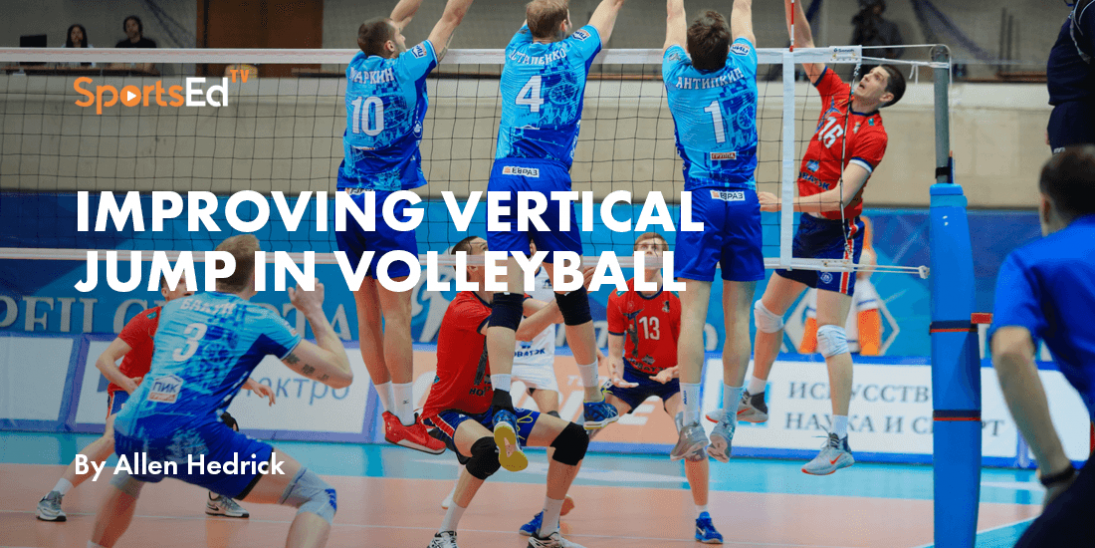Padel, Pickleball, Strength And Conditioning
Welcome and thanks for visiting...

Strength Training For Pickleball and Padel
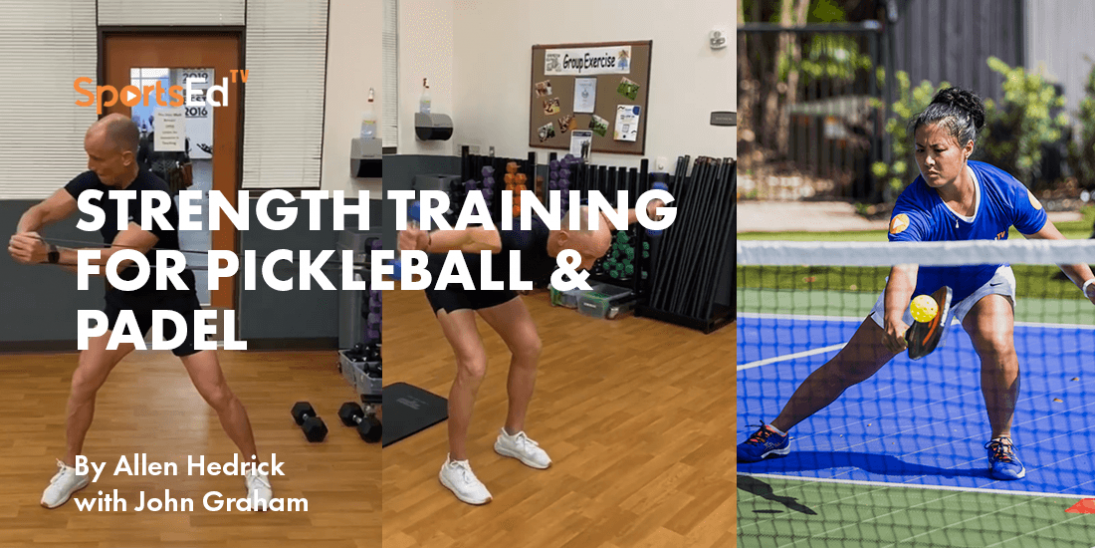
Both pickleball and padel are gaining great popularity in many countries around the world. Pickleball was invented in 1965 as a children’s backyard game in the state of Washington and in both 2021 and 2022 was named the fastest growing sport in the United States. Padel (not to be confused with paddle tennis) was invented in 1969 in Mexico and is very popular in Spain and several other Latin American countries along with other counties in Europe and Western Asia.
The games do share similarities and as a result do have commonalities in terms of training for enhanced sports performance. That is, training for one of the two sports would carry over to enhanced performance in both sports being discussed. Because of that, one training plan will be discussed that will be applicable to both sports.
The similarity of the Games of Pickleball and Padel
One of the primary reasons that the sports are so similar is the size of the playing surface. Pickleball is played on a court that measures 20’ wide and 44’ long. The court is divided in half by a net that is 3’ high. In contrast, padel is played on a court 32’ wide and 65’ long, split in half by a net that is 3’5.39” high. One other significant difference between the two sports is that, in padel, the court is enclosed, and the ball can be played off the back and sidewalls. Another notable difference is that, at the professional level, padel is played as doubles, while pickleball can be played both as singles and doubles.
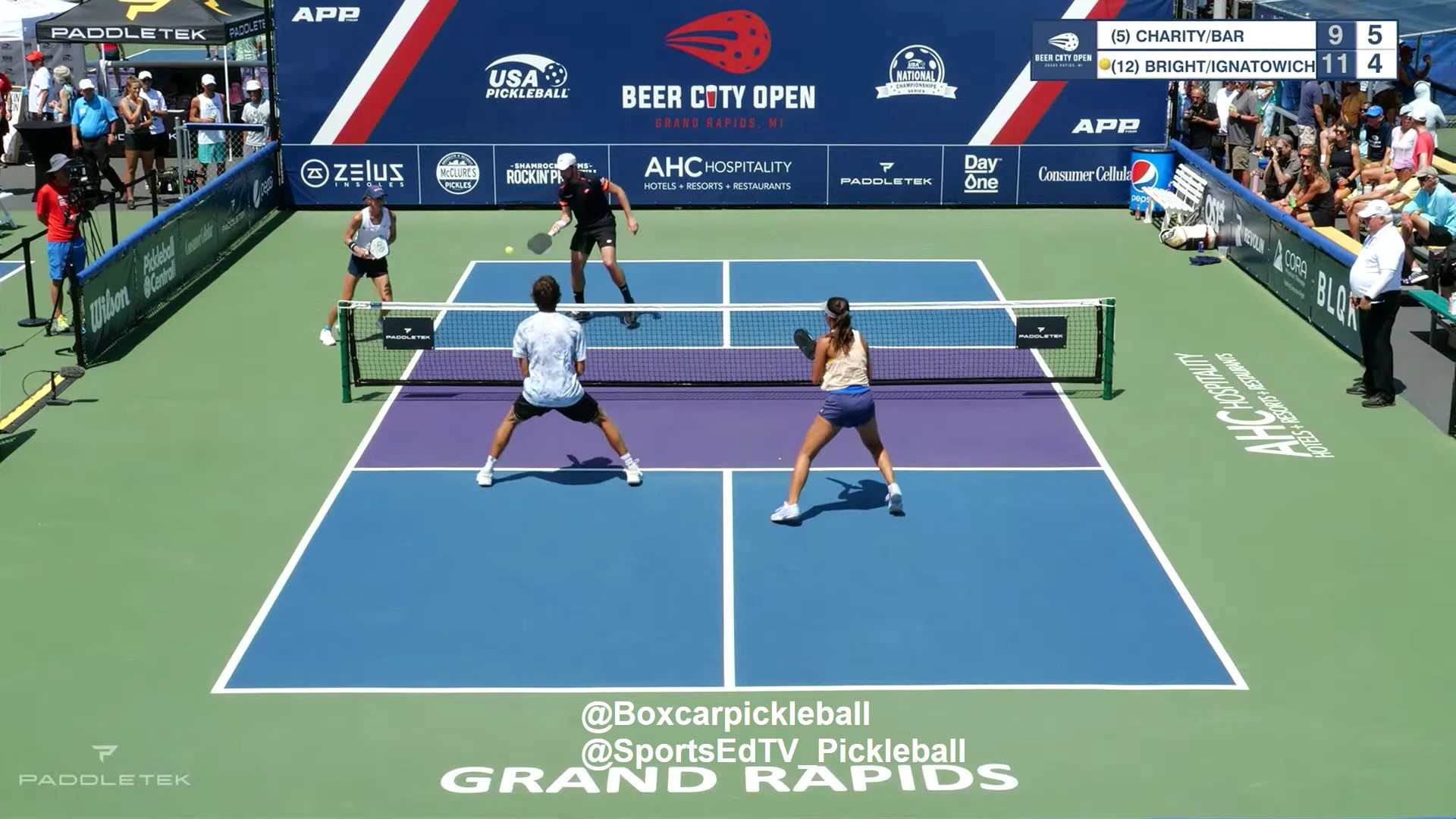 Pickleball
Pickleball
Padel
Benefits of Training on Performance for Pickleball
In both sports, it is obviously advantageous to be able to cover the court as quickly as possible to position yourself as effectively as possible for each shot. In both sports, the courts are small in size so top speed is not a consideration. However, for high-level performance, having a good level of quickness and agility is advantageous. Studies have shown a relationship between lower body strength and quickness (1, 2). As a result, it can be assumed that increasing strength levels in the lower body will have a positive effect on the ability to cover the court effectively in both sports.
In addition to being involved in covering the court, the muscles of the lower body are also subject to a lot of demands and stimulation (6). Jumping, braking abruptly, and changing direction quickly put the muscles of the lower body to the test. During a game of pickleball or padel, athletes perform far more jumps, quick stops, and changes of direction than would normally occur during normal day-to-day movements.
In addition to training the lower body, strengthening the upper body and core is also important. Increasing strength in both the upper body and core provides the power necessary to hit shots with pace and spin. Further, an emphasis should be placed on protecting the upper body joints most involved in the sport (i.e., elbow and shoulder) from overuse injuries.
In addition to the lower and upper body, having a stronger core (abdominals and lower back) offers many benefits to the game (4). Strengthening the core is important to support the body in an athletic position and then have the necessary strength in the core to make the desired shot (1) and for shots requiring rotation or acceleration (7).
In addition to performance benefits, strength training is important to protect the body from injury while playing sports (3). As with any sport, however, pickleball and padel can present physical challenges, particularly for those who may have balance or agility issues or for those trying the sports for the first time. One of the concerns about the rapid growth of the sport is the great popularity of the games among people aged 55 and older and the risk of falls and injury. In fact, the authors of the ACE-sponsored study (American Council on Exercise) highlighted the need for safety, pointing out that nearly every participant had fallen at least once or twice during the study. As succinctly pointed out, it is not the sports of pickleball or padel that cause injury to occur but instead, a body that is unprepared to meet the demands of the sport. Increasing strength, in addition to being beneficial in the performance of the two sports, is also important in activities of daily living with less discomfort and a decreased risk of injury. Over time, people see a reduction in both strength and muscle mass. As a result, it becomes important to make an effort to develop and maintain muscle strength as we age.
With the importance and value of participating in a strength training program for those participating in both of these two sports established, both from a performance and injury prevention point of view, a series of sample workouts are provided below. These workouts progress from an introduction cycle to two consecutive strength cycles. The introduction cycle is meant for someone who has not been participating in a strength training program as a gradual introduction to the demands of the activity. This cycle may seem too easy, but be patient and don’t rush the preparation process. After this initial cycle, the training gradually becomes more demanding, but not before the body is prepared for those demands (5). The training programs are primarily made up of dumbbell exercises. For many, dumbbell exercises tend to be easier to learn. Further, dumbbells are often more readily available, and having to control both arms independently, rather than both arms moving symmetrically, more closely matches the demands of the sport.
Each cycle is made up of two workout days per week, labeled as day one and day two. The number of required repetitions varies each week, alternating between lower repetition days and higher repetition days. This occurs so there is a weekly variation in training intensity; on lower repetition days, the training weight will be higher, and on higher repetition days, the training weight will be lower. Further, most of the exercises are also described in my book “Dumbbell Training” published by Human Kinetics. Remember to always emphasize technique over the amount of weight used in an exercise. That is, correctly performed repetitions performed at a lower weight are of more value than improperly performed repetitions at a higher resistance.
Introduction Cycle
Cycle: Introduction
Length: 5 weeks
Goal: Introduce the athlete to the demands of training
Intensity: Select a resistance that allows the completion of the full number of repetitions in good form on each set
Rest: 1:30 between each set and each exercise
Pace: Lift and lower the weight under control
Day 1
|
|
Week 1 |
Week 2 |
Week 3 |
Week 4 |
Week 5 |
|
Lower Body |
|
|
|
|
|
|
2x6 |
2x8 |
3x5 |
3x7 |
3x5 |
|
|
2x6 |
2x8 |
3x5 |
3x7 |
3x5 |
|
|
Core |
|
|
|
|
|
|
2x12 |
2x12 |
2x15 |
2x15 |
2x18 |
|
|
2x12 |
2x12 |
2x15 |
2x15 |
2x18 |
|
|
Upper Body |
|
|
|
|
|
|
2x6 |
2x8 |
3x5 |
3x7 |
3x5 |
|
|
2x6 |
2x8 |
3x5 |
3x7 |
3x5 |
|
|
Rotator Cuff |
|
|
|
|
|
|
2x12 |
2x12 |
2x12 |
2x12 |
2x12 |
Day 2
|
|
Week 1 |
Week 2 |
Week 3 |
Week 4 |
Week 5 |
|
Lower Body |
|
|
|
|
|
|
2x6 |
2x8 |
3x5 |
3x7 |
3x5 |
|
|
2x6 |
2x8 |
3x5 |
3x7 |
3x5 |
|
|
Core |
|
|
|
|
|
|
2x12 |
2x12 |
2x15 |
2x15 |
2x18 |
|
|
2x12 |
2x12 |
2x15 |
2x15 |
2x18 |
|
|
Upper Body |
|
|
|
|
|
|
2x6 |
2x8 |
3x5 |
3x7 |
3x5 |
|
|
2x6 |
2x8 |
2x6 |
2x7 |
2x8 |
|
|
Rotator Cuff |
|
|
|
|
|
|
2x12 |
2x12 |
2x12 |
2x12 |
2x12 |
Strength Cycle I
Cycle: Strength Cycle I
Length: 5 weeks
Goal: Begin higher intensity, higher volume training
Intensity: Select a resistance that allows the completion of the full number of repetitions in good form on each set
Rest: 1:30 between each set and each exercise
Pace: Lift and lower the weight under control
Day 1
|
|
Week 1 |
Week 2 |
Week 3 |
Week 4 |
Week 5 |
|
Lower Body |
|
|
|
|
|
|
3x9 |
3x11 |
3x9 |
3x11 |
3x9 |
|
|
3x9 |
3x11 |
3x9 |
3x11 |
3x9 |
|
|
Core |
|
|
|
|
|
|
3x15 |
3x15 |
3x15 |
3x18 |
3x18 |
|
|
3x15 |
3x15 |
3x15 |
3x18 |
3x18 |
|
|
Upper Body |
|
|
|
|
|
|
3x9 |
3x11 |
3x9 |
3x11 |
3x9 |
|
|
3x9 |
3x11 |
3x9 |
3x11 |
3x9 |
|
|
Rotator Cuff |
|
|
|
|
|
|
2x12 |
2x12 |
2x12 |
2x12 |
2x12 |
Day 2
|
|
Week 1 |
Week 2 |
Week 3 |
Week 4 |
Week 5 |
|
Lower Body |
|
|
|
|
|
|
3x9 |
3x11 |
3x9 |
3x11 |
3x9 |
|
|
3x9 |
3x11 |
3x9 |
3x11 |
3x9 |
|
|
Core |
|
|
|
|
|
|
3x15 |
3x15 |
3x15 |
3x18 |
3x18 |
|
|
3x15 |
3x15 |
3x15 |
3x18 |
3x18 |
|
|
Upper Body |
|
|
|
|
|
|
3x9 |
3x11 |
3x9 |
3x11 |
3x9 |
|
|
3x9 |
3x11 |
3x9 |
3x11 |
3x9 |
|
|
Rotator Cuff |
|
|
|
|
|
|
2x12 |
2x12 |
2x12 |
2x12 |
2x12 |
Strength Cycle II
Cycle: Strength Cycle II
Length: 5 weeks
Goal: Continue increases in strength and hypertrophy
Intensity: Select a resistance that allows the completion of the full number of repetitions in good form on each set
Rest: 1:30 between each set and each exercise
Pace: Lift and lower the weight under control
DAY 1
|
|
Week 1 |
Week 2 |
Week 3 |
Week 4 |
Week 5 |
|
Total Body |
|
|
|
|
|
|
3x4 |
3x6 |
3x4 |
3x6 |
3x4 |
|
|
Lower Body |
|
|
|
|
|
|
3x6 |
3x8 |
3x6 |
3x8 |
3x6 |
|
|
3x6 |
3x8 |
3x6 |
3x8 |
3x6 |
|
|
Core |
|
|
|
|
|
|
3x15 |
3x15 |
3x15 |
3x18 |
3x18 |
|
|
3x12 |
3x12 |
3x12 |
3x15 |
3x15 |
|
|
Upper Body |
|
|
|
|
|
|
3x6 |
3x8 |
3x6 |
3x8 |
3x6 |
|
|
3x6 |
3x8 |
3x6 |
3x8 |
3x6 |
|
|
Rotator Cuff |
|
|
|
|
|
|
2x12 |
2x12 |
2x12 |
2x12 |
2x12 |
DAY 2
|
|
Week 1 |
Week 2 |
Week 3 |
Week 4 |
Week 5 |
|
Total Body |
|
|
|
|
|
|
3x4 |
3x6 |
3x4 |
3x6 |
3x4 |
|
|
Lower Body |
|
|
|
|
|
|
3x6 |
3x8 |
3x6 |
3x8 |
3x6 |
|
|
3x6 |
3x8 |
3x6 |
3x8 |
3x6 |
|
|
Core |
|
|
|
|
|
|
3x15 |
3x15 |
3x15 |
3x18 |
3x18 |
|
|
3x15 |
3x15 |
3x15 |
3x18 |
3x18 |
|
|
Upper Body |
|
|
|
|
|
|
3x6 |
3x8 |
3x6 |
3x8 |
3x6 |
|
|
3x6 |
3x8 |
3x6 |
3x8 |
3x6 |
|
|
Rotator Cuff |
|
|
|
|
|
|
2x12 |
2x12 |
2x12 |
2x12 |
2x12 |
All exercises demonstrated by John Graham
Clickable links
DB Squat
DB Good Morning
DB Crunch
DB Twist Crunch
DB Bench Press
DB Row
DB Rotator Cuff Full Cans
DB Sumo Deadlift
DB SLDL
DB Press Crunch
DB Bicycles
DB Shoulder Press
DB Bent Lateral Raise
Rotator Cuff Ws
DB Front Squats
DB Back Extension
DB One Leg V-Up
DB Side Bends
DB Split Power Jerk
DB Shoulder Press
DB Hockey Lunge
DB Wide Grip Row
DB Incline Press
Stand Band Twist
DB Incline Press
DB Hamstring Curl
DB Lateral Squat
DB Stand Russian Twist
DB Twist Back Extension
DB Lunges
Conclusion
Pickleball and padel are two relatively new sports with similar characteristics. Because of their small court size, an emphasis is placed on lower body strength to improve the ability to cover the court quickly while also addressing the need for core and upper body strength. Resistance training is also of value in the two activities to prepare the body for the demands of the sports and reduce the opportunity for injury. Training programs are provided to assist in physical preparation; remember to emphasize technique over intensity and progress slowly over the duration of the programs.
References
- Sonoda, T., Tashiro, Y., Suzuki, Y., Kajiwara, Y., Zeidan, H., Yokota, M., Kawagoe, M, Nakayama, Y., Bito, T., Shimoura, K., Tatsumi, M., Nakai, K., Nishida, Y., Yoshimi, S. and Aoyama, T. J of Physical Therapy Science 30(2): 320-323, 2018.
- Chaouachi, A., Brughelli, M., Chamari, K., Levin, G., Abdelkrim, N., Laurencelle, L., and Castagna, C. Lower Limb maximal dynamic strength and agility determinants in elite basketball players. J of Strength Cond Res 23(5): 1570-1577, 2009.
- https://borealislife.ca/pickleball-strategy/
- https://www.pickleballuniversity.com/home/5-of-the-best-strength-training-exercises-for-pickleball-players
- https://sportsedtv.com/blog/pickleball-strength-and-conditioning-program
- https://pinkpickleball.com/pickleball-exercises/
- https://nwpersonaltraining.com/blog/get-strong-to-play-better-pickleball/

